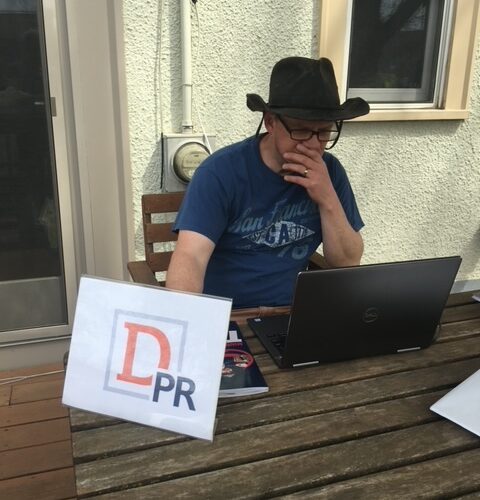Ignore this proven pathway to improved visibility and credibility at your peril
MINNEAPOLIS (Jan. 19, 2024)—Traditional media relations used to be called, simply, media relations.
But with the emergence of social media over the past decade or more, traditional was added to distinguish the two. Today, LinkedIn, X (formerly known as Twitter), Instagram, YouTube and Tick Tock have become important channels for effective influencer and social media marketing.
Understand, social media is here to stay. Leveraging these popular channels to advance business objectives is smart for so many reasons, starting with the fact that everybody, except infants and toddlers, has a social media account and a way to access it.
As a result, media relations—the traditional kind—has gradually lost its cachet. It doesn’t help that newsrooms are getting smaller; newspapers are going out of business and media credibility continues to erode. Is it time to just pull the plug on it? Not so fast, I say.
There’s a grim, yet hilarious scene in the medieval comedy classic Monty Python and the Holy Grail. A man is pushing a cart full of corpses though a small village as the plague rages on.
“Bring out your dead!” he cries out repeatedly.
Momentarily, a villager emerges with a man draped across his shoulder.
“Here’s one,” the villager says.
Immediately, the “dead” man cries out, “I’m not dead.”
“Hey,” says the body collector. “He says he’s not dead!”
“Yes, he is,” says the villager.
“I’m not,” says the man, very much alive.
“He isn’t?” asks the collector.
“Well, he will be soon,” the peasant says. “He’s very ill.”
It might be easy to dismiss media relations as a dying, less relevant approach to increasing a client’s visibility, reputation and credibility. Media relations is many things. It’s building relationships with journalists. It’s pitching credible ideas for stories that A) resonate with their readers, viewers and followers and B) position your client in a positive light—say, as a credible expert, empathetic, and trustworthy. It also requires responding to questions from reporters. Sometimes the information can be tricky, or problematic for your client.
Here are three good reasons to maintain a strong media relations strategy:
1. While news organizations have changed dramatically, they haven’t gone away. The New York Times, Wall Street Journal, The CBS Evening news and the Today Show are still going strong. So are thousands of industry trade publications.
2. A well-reported story in a prominent media outlet is still worth its weight in gold. It brings independent validation for your client, boosts awareness, highlights expertise and improves customer perceptions.
3. Media relations pros, more than anybody else, know how to engage reporters in good faith, pitch a story idea that’s relevant to both your client and the reporter’s audience, and convey sensitive information in a way that preserves your client’s reputation.
We all consume news and information in ways we couldn’t have imagined even 30 or 40 years ago. The good news is that media relations strategies have changed with the times as well. Social media experts are good at engaging audiences with dynamic, compelling content that generates brand loyalty—not to mention all those likes, subscribes and follows. Media relations pros help reporters tell our client stories in newspapers, local TV and online outlets.
So, remember to leave room in your communications plan to develop and implement a robust media relations strategy. It might be a traditional approach, but it still works wonders.



